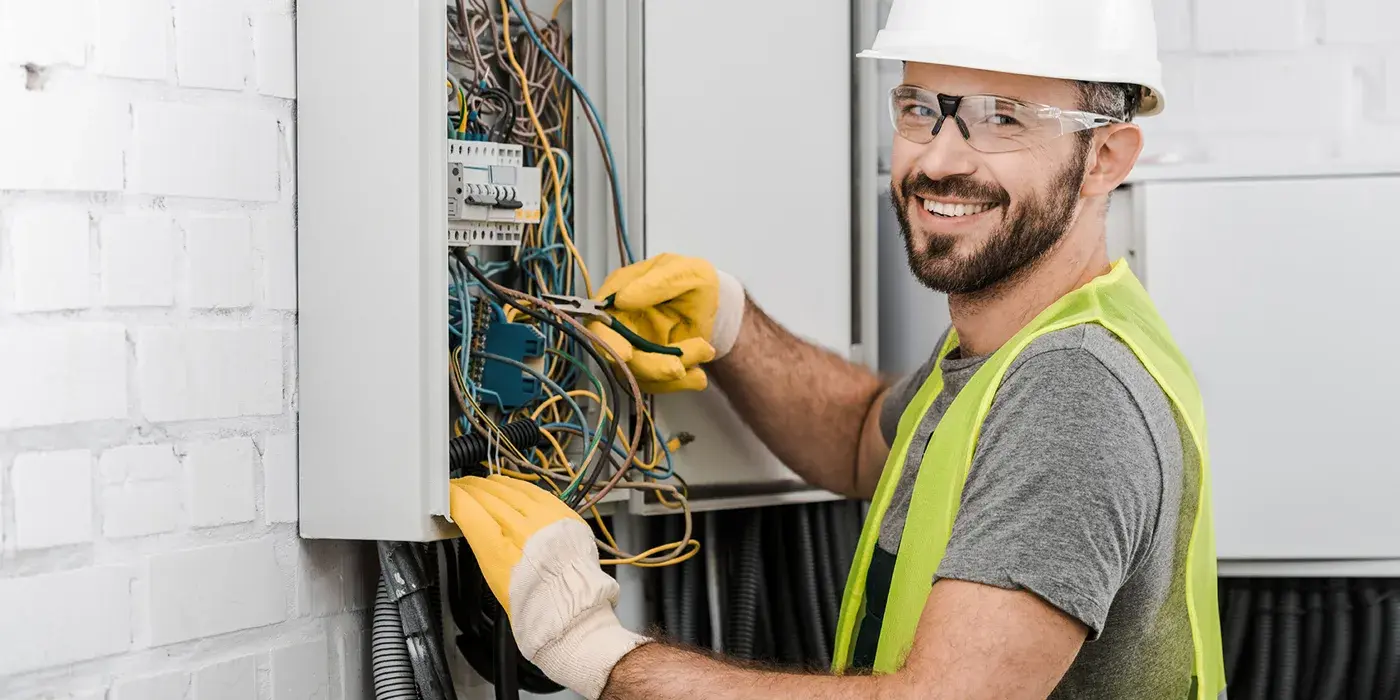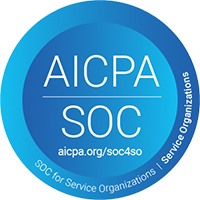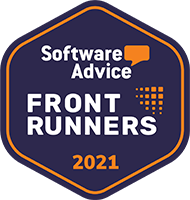Kitting and Assembly Solutions: How Distributors, Contractors and OEMs Can Save Time and Increase Profit

Many contractors and OEMs are using an inventory management method, called kitting or sub-assembly, to increase efficiency, reduce errors, and allocate their most expensive assets’ time to other revenue-generating work.
Contractors use kits to reduce the cost of a job by having apprentices pre-fabricate subassemblies at the shop. These pre-fab components can be installed much faster by highly skilled, but more expensive electricians at the job site. Kitting can help assure all parts are available for a job while simplifying workflow.
OEMs use kitting, or prefabrication, to save time and eliminate bottlenecks in the production process.
Distributors provide kits for their contractor and OEM customers as a value-add service, which can be a profit center and generate customer loyalty.
What is Kitting and Assembly?
Kitting involves assembling two or more related parts or sub-assemblies together into one kit that is labeled as a single item for inventory management purposes. Kitting reduces the overall time to complete a job as well as reduces the total cost of the job. It does this by shifting assembly work from the jobsite to the warehouse where the work environment is more controlled and work is performed by less expensive labor. Contractors use the kitting process to reduce costs, to better track the use of expensive parts, as well as to assign a serial number to the subassembly for future tracking purposes.
How does kitting benefit distributors?
Most industrial distributors offer value-added services for their customers, such as kitting components and sub-assemblies together for their customers’ use. For example, distributors of hydraulic components will often fabricate sub-assemblies like hose and fittings, pumps, compressors and the like that are used by customers in the oil and gas industry. These items are packed together to ensure they are designated for the customer’s end use and often require serial numbers to track what components were used and where the sub-assembly was manufactured. Kitting provides distributors with an additional revenue stream and elevates their level of customer service.
How does kitting benefit contractors?
Contractors save time and money by having warehouse staff pre-assemble kits with all the parts their technicians need on the job. For example, electrical contractors use apprentices to put together circuit breaker panel kits that include the correct wiring, branch breakers, double-pole breakers, sub-panels, grounding bars, labels and screws. Their more expensive asset, the electrician, then has everything needed to do the job, ready to go in a kit. This saves time searching for the correct parts and ensures none are missing or incorrect.
How does kitting benefit OEMs?
OEMs save time and money by centralizing components and pre-fabricating and assembling components for a product. This process supports lean and just-in-time manufacturing processes. It also reduces the number of times operators need to handle the material.
The Challenges with Managing Kitting Programs
While implementing a kitting program has many cost-saving benefits, managing it can be a challenge, especially if done manually. The primary issues distributors, contractors and OEMs encounter in managing kits involve tracking and replenishing inventory, managing inventory while the work is in process (WIP), and assigning and managing serial numbers.
Tracking Inventory Pain Points:
- What parts and how many of each are needed to build a kit
- Are there enough of the parts in stock
- Is the inventory count correct or will someone have to manually check stock
- Who pulled the part from inventory
- How does pulled stock get replenished
Work-in-process Pain Points:
- Tracking items pulled from general inventory for the kit-building process
- Putting build items into a work order for the build stage
- Ability to create sub-assemblies within the kit
- Transferring parts in or out of the work order as needed
- Finalizing the kit and assigning a new SKU number for its shipment or return to general inventory
Serial Number Pain Points
- How to assign serial numbers to kits without manual work
- How to easily track and manage serial numbered kits for customers
How the eTurns Kitting Module Can Help
Being able to use a single part number to order or pull multiple items at one time drives productivity. The eTurns Kitting Module lets you build simple or sophisticated kits to stock in inventory. Users know exactly how many of any kit can be built with the quantity of components in inventory thanks to real-time visibility.
eTurns Kitting Module also allows users the ability to manage on-hand quantities and track consumption. This is a huge time saver over tracking these manually. Kits can be ordered from suppliers using a kit part number or its component parts and quantities. Kits can also be replenished automatically using Min/Max parameters and if the suppliers from whom the kits are ordered cannot accept kit-part numbers when replenishing, eTurns will send the user individual part numbers that make up the kit.
Creating Work Orders and managing Work in Process (WIP) is easy to do with eTurns Kitting Module and allows users to know exactly what items are in WIP and who pulled those items. This is especially critical for expensive components used in kits and sub-assemblies. Items can be transferred in and out of general inventory from the WIP as needed.
Sub-assemblies that require serial numbers can also be managed in eTurns. Many end-users that bid on government jobs or are in the oil and gas industry, for example, require serial numbers on the completed kit, such as a hose assembly or circuit breaker panel, and the ability to generate and track these on eTurns software versus doing this manually is critical for suppliers in meeting ISO standards.
Implementing a kitting program is a time saver and revenue generator. Managing it can be easy with eTurns Kitting Module. Get a demo today.




